It’s that time of year again. Everything’s blooming, the birds are singing, and the pollen is just as thick in the air as it is on our cars.
Spring has arrived in Peachtree City.
As a planning commissioner, I spend a lot of time thinking about plants not just in spring, but year-round. That’s because part of our job as planning commissioners involves reviewing landscape plans for commercial and industrial developments.
Many of these plans are well-executed and thoughtfully designed, but a common thread runs through them—the frequent use of non-native plants.
Despite Peachtree City’s long-standing commitment to greenspace preservation and environmental stewardship, our current ordinances do not require (or even encourage) the use of native plant species. This gives developers wide discretion in their landscaping choices, even when those choices include plants that offer little benefit to the local ecosystem and are not well adapted to our climate.
If we want to build a more sustainable and resilient community, we can take action. And that begins with understanding native plants.
What Are Native Plants?
Put simply, native plants are the ones that belong here. These trees, shrubs, and wildflowers have grown in our region long before the first landscaper showed up, and they have thrived in Georgia’s climate and soils without human intervention.
A loblolly pine or an oak tree in Peachtree City is as native as it gets as these trees have been here since ancient times. In contrast, a Bradford pear tree lining a subdivision street is an import from Asia (and a highly invasive one at that).
The Benefits of Going Native
When we choose native plants for our yards and public spaces, we’re doing much more than making an aesthetic decision. According to Philip Shell, a Fayette County native and Registered Landscape Architect, there are significant benefits to going native.
Support Local Wildlife
One of the most compelling reasons to go native is the wildlife. Native plants form the foundation of our local food web. Their leaves, nectar, pollen, and fruits sustain the native insects, birds, and other animals that share our ecosystem. Non-native plants, by contrast, often offer little or no nutritional value. Local insects can’t or won’t eat them, and without insects, birds and other species lose a critical food source.
Mr. Shell illustrates this connection with our native oaks: “Oak trees alone are one of the largest host plants for well over 500 different species of caterpillars and butterflies, not to mention their acorns provide forage for other animals.”
Thrive in Our Soil and Climate
Native plants are built for Georgia. They’ve survived countless droughts, downpours, heat waves, and cold snaps over the centuries. Because of this, they are low-maintenance and hardy.
Too often, non-native plants are chosen without considering how poorly they perform in our region. Many of them struggle in Georgia’s heavy clay soil, wilt under our summer heat, or require constant watering and chemical treatment just to survive. Unlike native species, they haven’t adapted to our cycles of drought and downpour or to the pests and pollinators that shape our ecosystem. The result? More work, more expense, and a landscape that looks out of place.
Preserve Peachtree City’s Character
Beyond the practical benefits, using native plants is about honoring our sense of place. Peachtree City was designed as a community woven into the natural landscape. Our greenbelts and tree-lined parkways are a big part of what makes this city special. As Mr. Shell notes, “People sometimes undervalue our pines and oaks, but those trees are a huge part of what makes Peachtree City look and feel like Peachtree City.”
If we fill every new development with palm trees or foreign ornamentals, we slowly erase the woodland aesthetic that has defined Peachtree City since its founding. Native plantings keep that sense of local identity alive.
What Can City Leadership Do?
If we want more native plants in our landscapes, city leadership has an important role to play.
Under Georgia’s Zoning Procedures Law, local governments can use zoning regulations to manage development activities, including landscaping requirements. With this authority, Peachtree City could amend Article XI of its Land Development Ordinance to establish native planting requirements and prohibit all non-native plants for future commercial, industrial, and municipal developments or redevelopments.
Implementing such a change would follow our usual process: the Planning Commission can help draft an ordinance, and the City Council can hold public hearings and discussions before adoption. We’re fortunate to have a city arborist on staff who can also provide expert guidance throughout this process.
What Can Residents Do?
The push for native plants doesn’t have to be top-down. Residents also have a powerful role to play:
- Start small: You don’t need to rip out your entire yard. Try adding a serviceberry tree (birds love them), goldenrod (great for pollinators), or beautyberry (which Mr. Shell highly recommends).
- Avoid invasives: Skip bamboo, English ivy, ligustrum, mahonia, and elaeagnus. Bradford pear is also problematic because birds spread its seeds and create dense, thorny thickets.
- Research your plants: Before buying, look up whether your new plant is native or invasive to Georgia. Athens-Clarke County publishes an excellent tree species list, available for anyone to review.
- Use local resources: Nearly Native Nursery in Fayetteville and Millpond Gardens near Brooks specialize in native species and are happy to help.
- Work with your landscaper: If you hire landscaping help, let them know you’re committed to native plant choices.
Where We Grow From Here
The long-term vitality of our local environment depends on connecting our developed spaces with the native environment that underpins them. By favoring native plants in both development projects and our own yards, we nurture hardier landscapes, richer wildlife, and the unique woodland charm of our city.
So let’s dig in and plant native roots that run deep. Our home will be healthier and more beautiful for it.





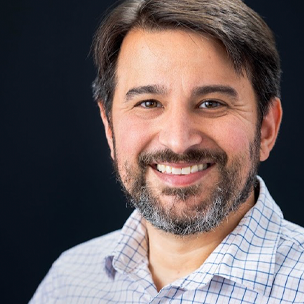


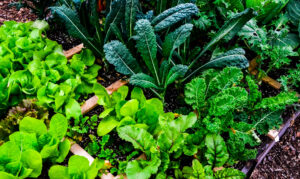
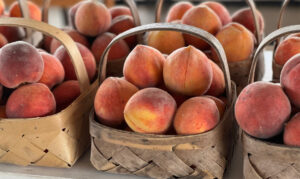
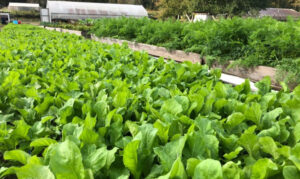
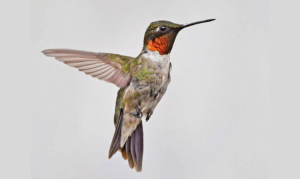
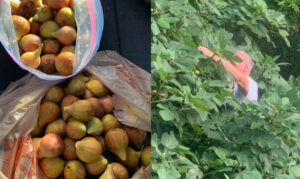
Leave a Comment
You must be logged in to post a comment.